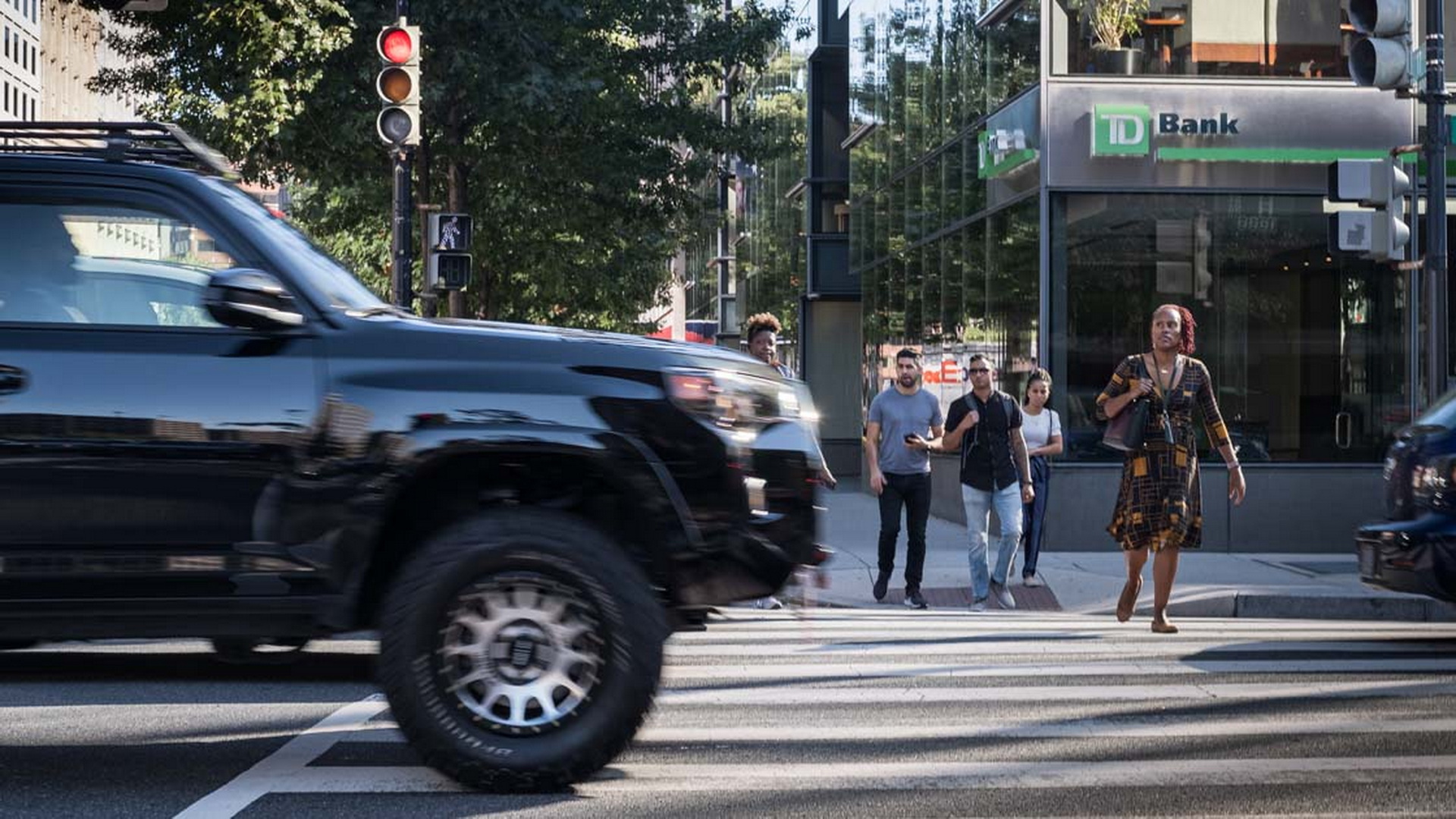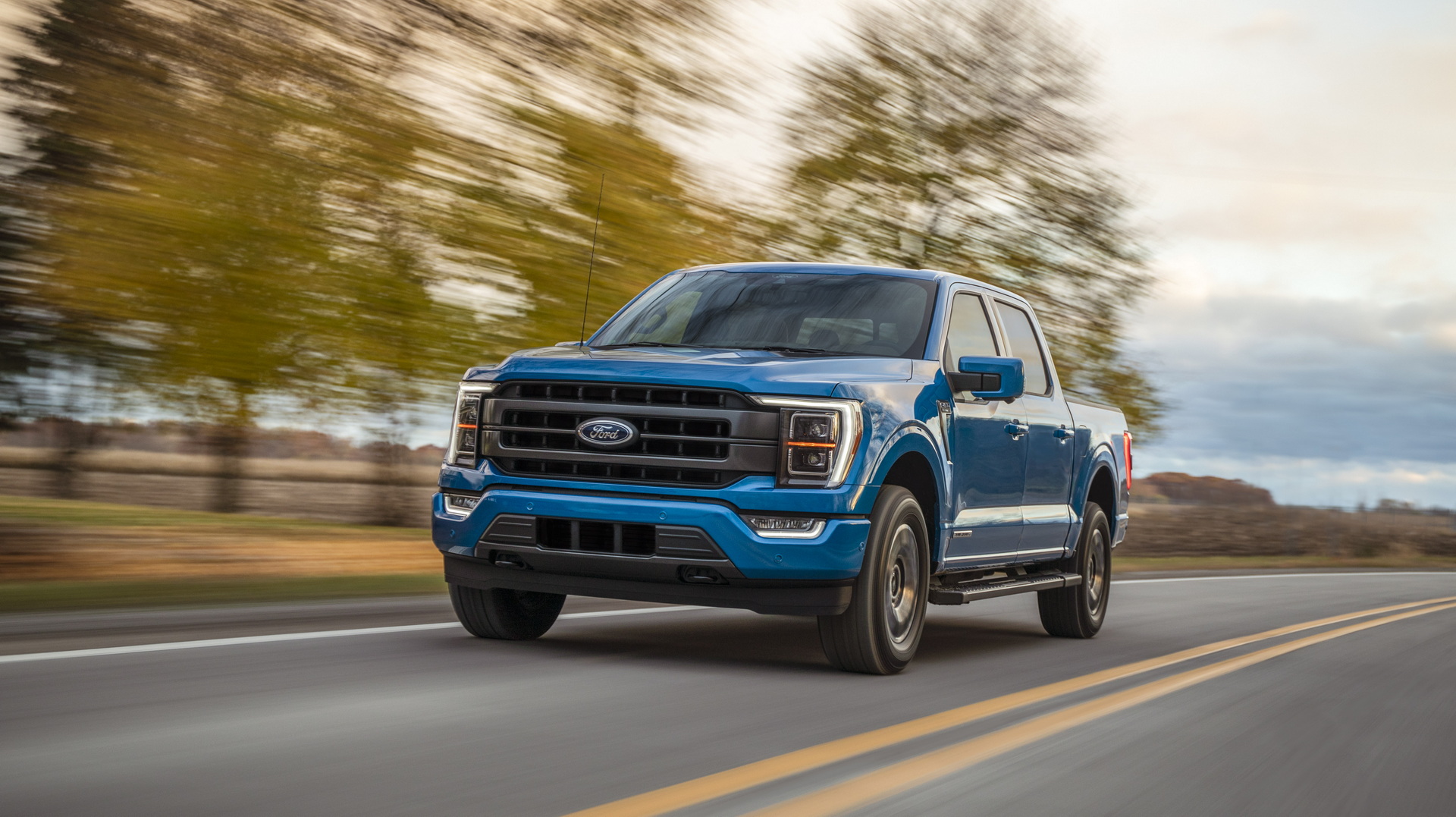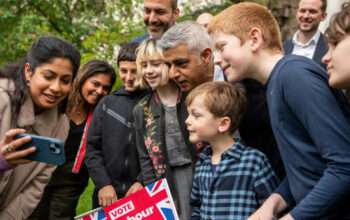Pickups trucks, SUVs, vans, and minivans are considerably more likely to hit a pedestrian when turning at an intersection than cars, the Insurance Institute for Highway Safety (IIHS) finds. Not only, then, are the larger vehicles likelier to kill a pedestrian, their drivers’ odds of hitting a pedestrian are also higher.
“We already know that larger vehicles cause more severe injuries when they strike pedestrians,” says IIHS Vice President of Research Jessica Cicchino, one of the study’s authors. “The link between these vehicle types and certain common pedestrian crashes points to another way that the increase in SUVs on the roads might be changing the crash picture.”
Researchers from the IIHS looked at the U.S. federal database of fatal crashes to find the most common types of single-vehicle, single-pedestrian crashes at intersections and in other locations to examine how larger vehicles’ involvement in these accidents varied from cars’.
Read Also: NHTSA Says First 9 Months Of 2021 Saw Biggest Spike In U.S. Traffic Deaths Since 1975
It found that the odds that a pickup truck would fatally strike a pedestrian while it was turning left vs going straight were nearly four times higher than for cars. For vans and minivans, the rate was three times higher, while for SUVs the number was two times higher. For right turns, meanwhile, the numbers fell slightly. Pickup drivers’ odds of fatally striking a pedestrian were 89 percent higher and SUV drivers’ were 63 percent higher.
Away from intersections, meanwhile, SUVs and pickups were associated with a 51 percent and 25 percent greater risk than cars of killing a pedestrian walking or running along the side of the road.
“It’s possible that the size, shape or location of the A-pillars that support the roof on either side of the windshield could make it harder for drivers of these larger vehicles to see crossing pedestrians when they are turning,” says IIHS Senior Transportation Engineer Wen Hu. The organization also noted that longer hoods and taller ride heights might contribute to reduced visibility.
Along with fatal accidents, the IIHS also looked at police-reported pedestrian crashes of all severities in North Carolina from 2010 to 2018. Although the dataset was smaller, it found similar but less dramatic results.
Previous IIHS research found that pedestrian collisions involving SUVs were likelier to be fatal than accidents involving cars. If the same holds for pickup trucks and vans, then it makes sense that they would be more represented among fatal accidents when turning at intersections.
These numbers matter because pedestrian crash deaths have increased nearly every year since 2009. In 2020, the last year for which the IIHS had data, more than 6,500 pedestrians were killed in the U.S., up 59 percent from 2009, and another 54,700 pedestrians were injured in crashes.
“Improving vehicle design, along with addressing road infrastructure and vehicle speeds, can play an important part in reducing pedestrian crashes and fatalities,” Hu said. “Our findings suggest that looking at the problem through the lens of vehicle type could also be productive.”




